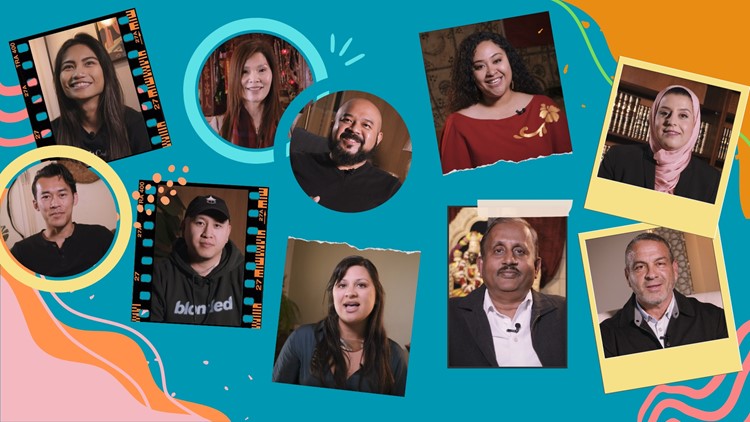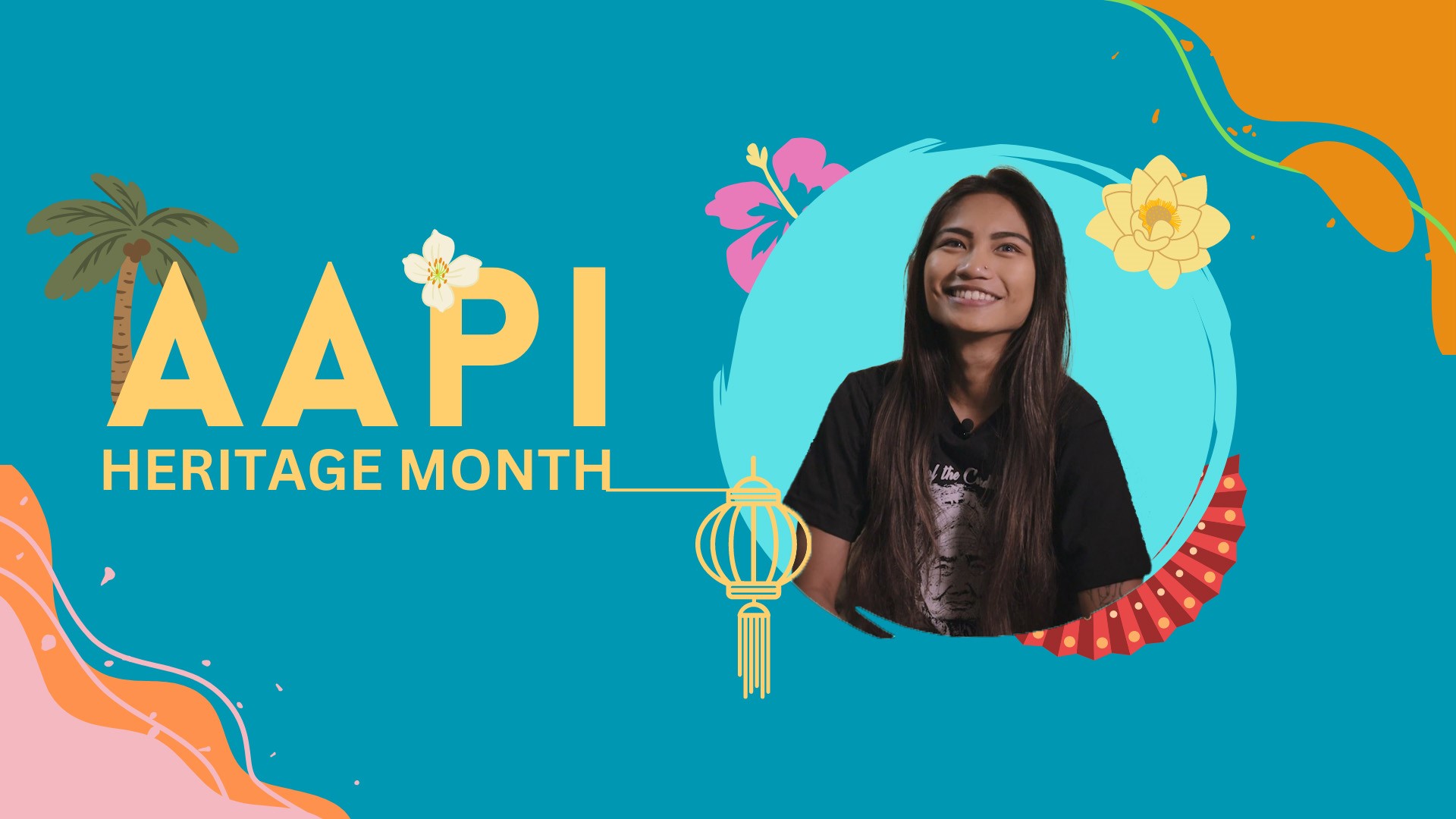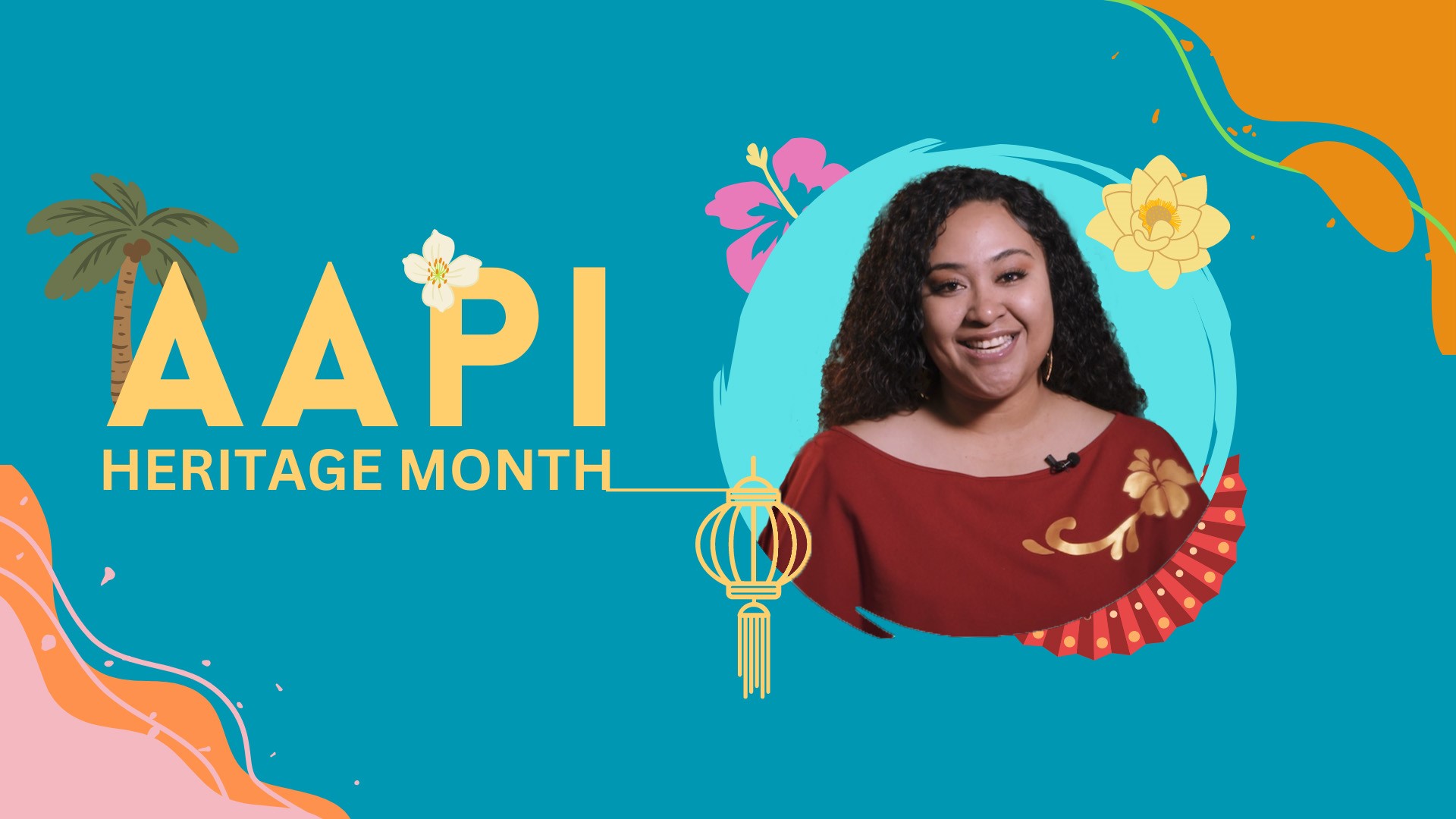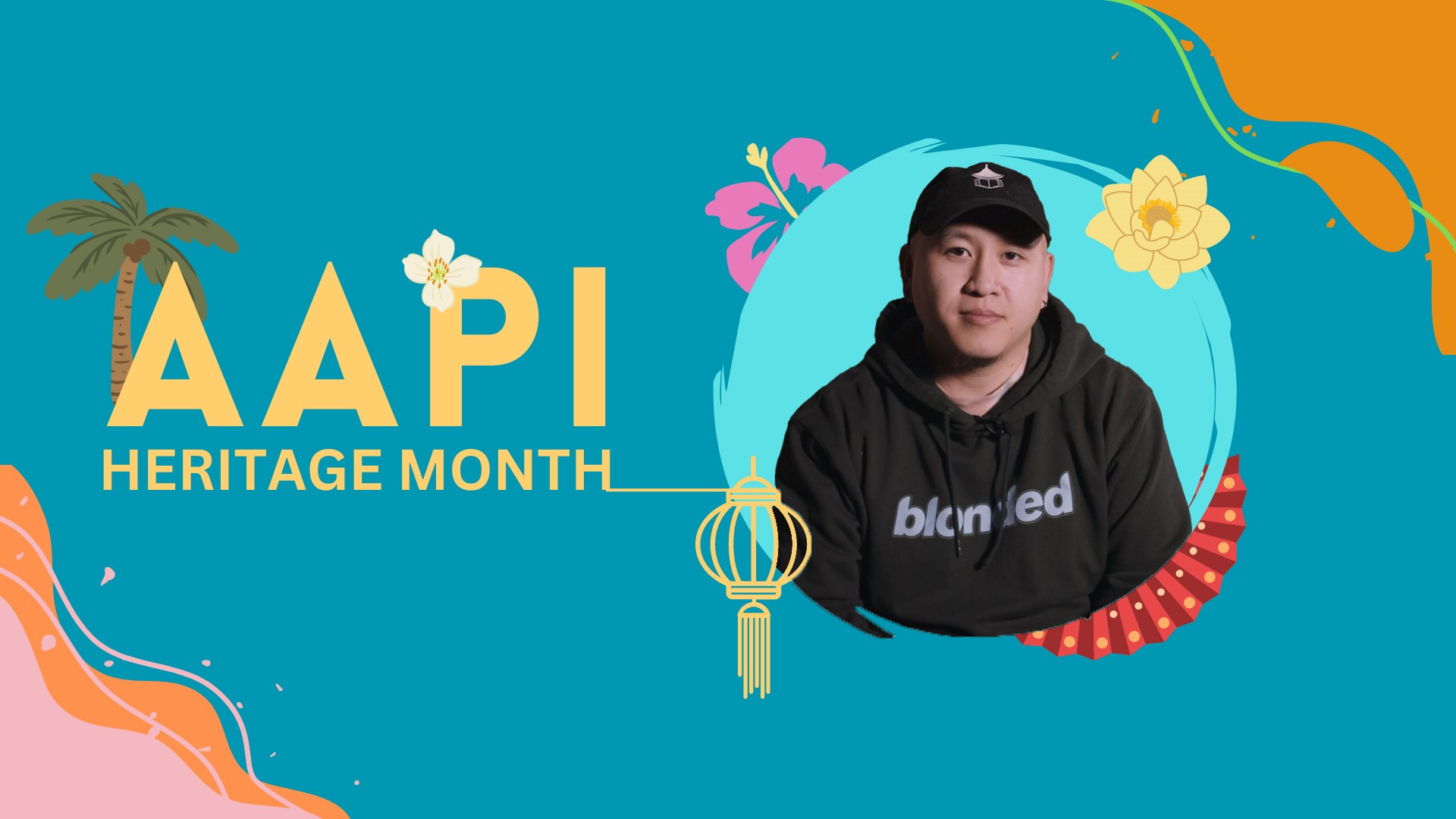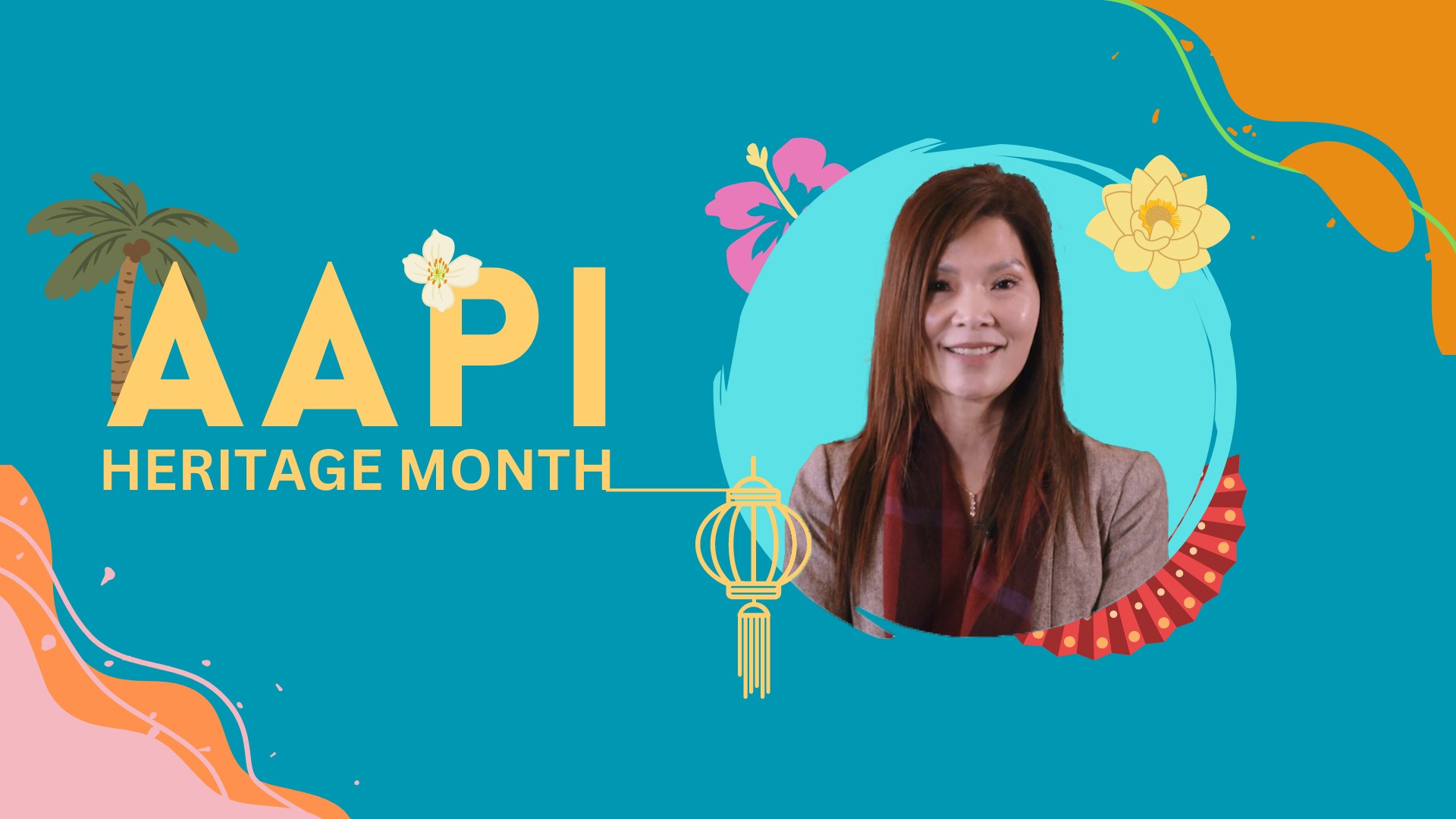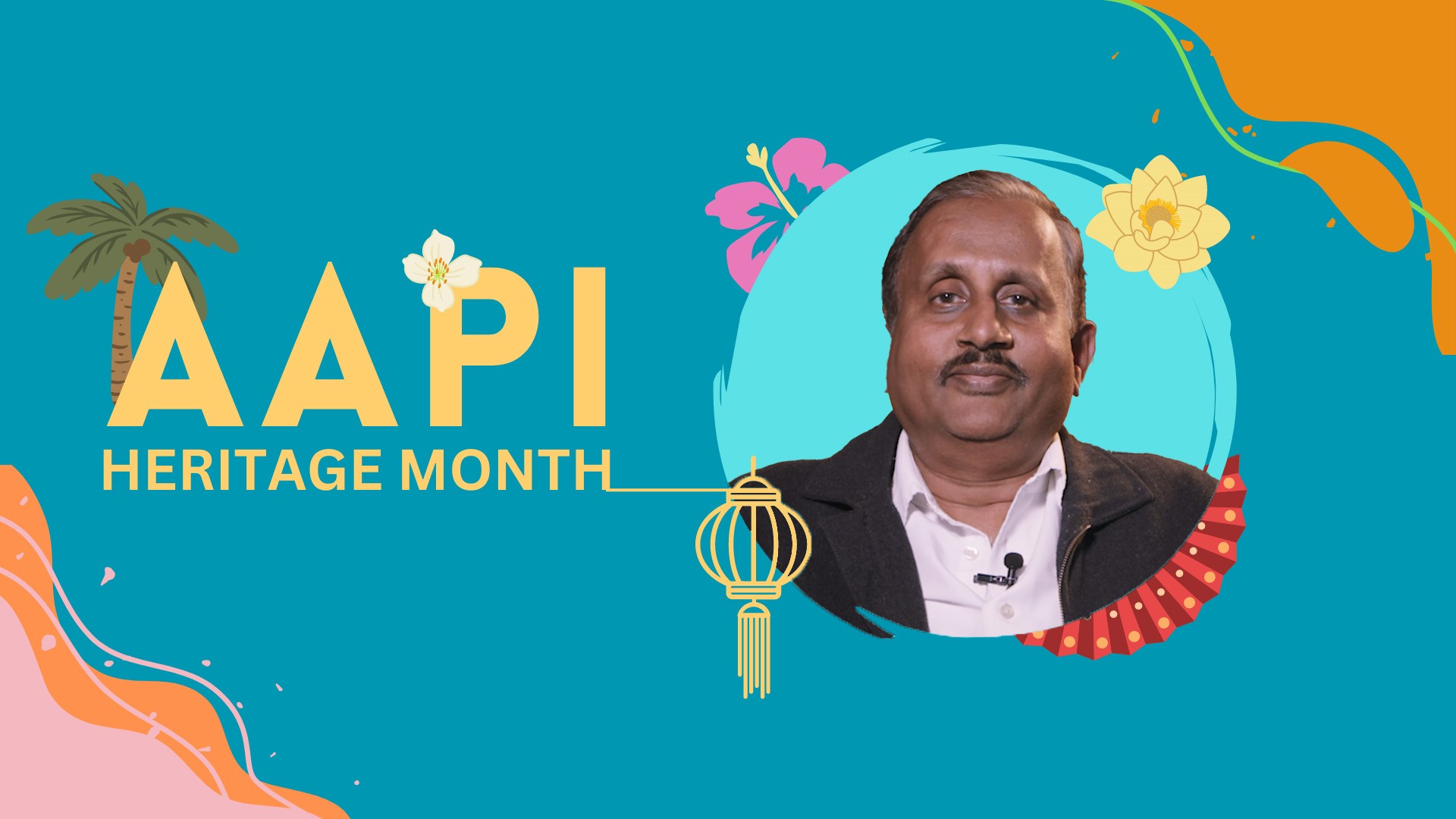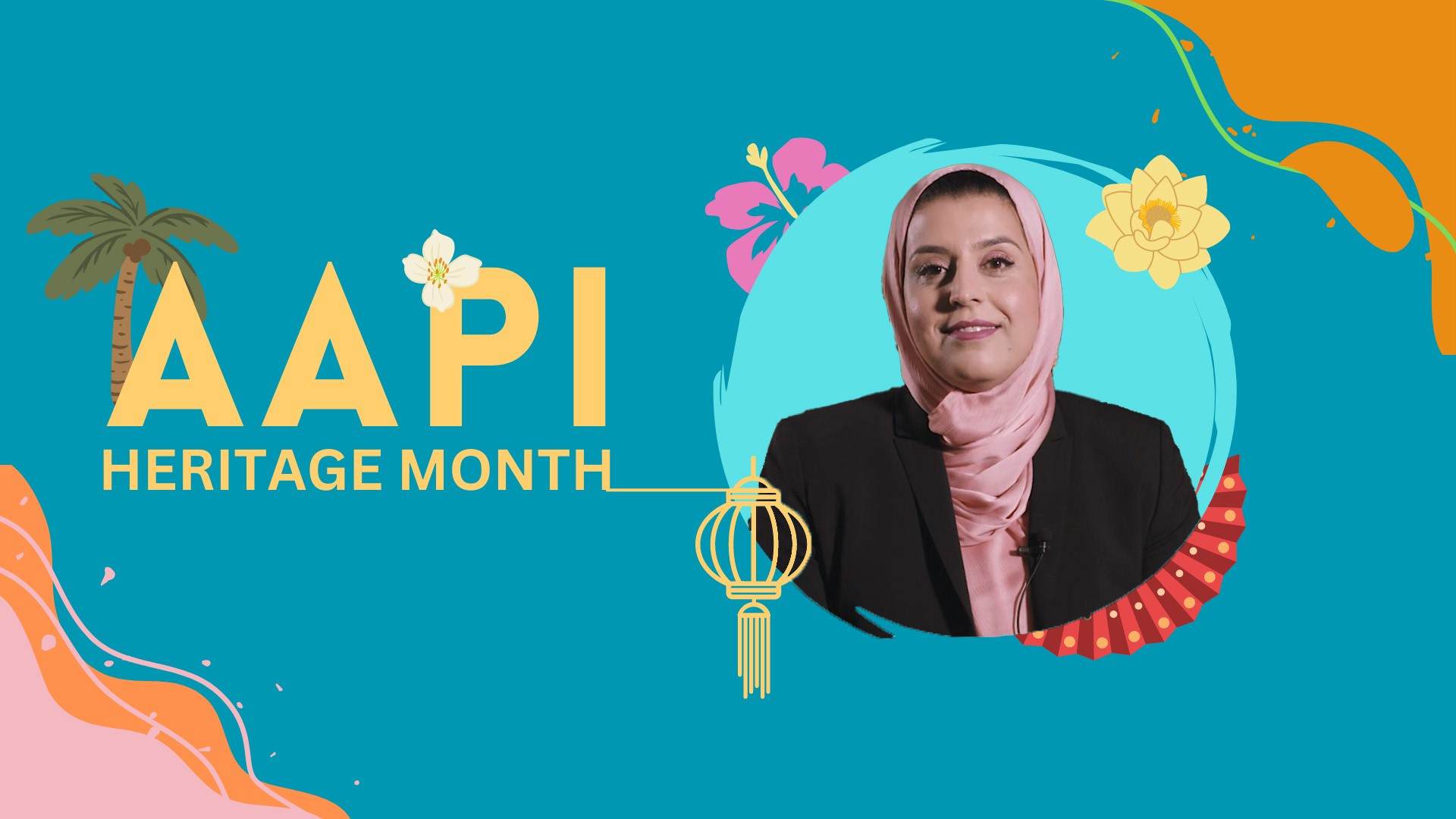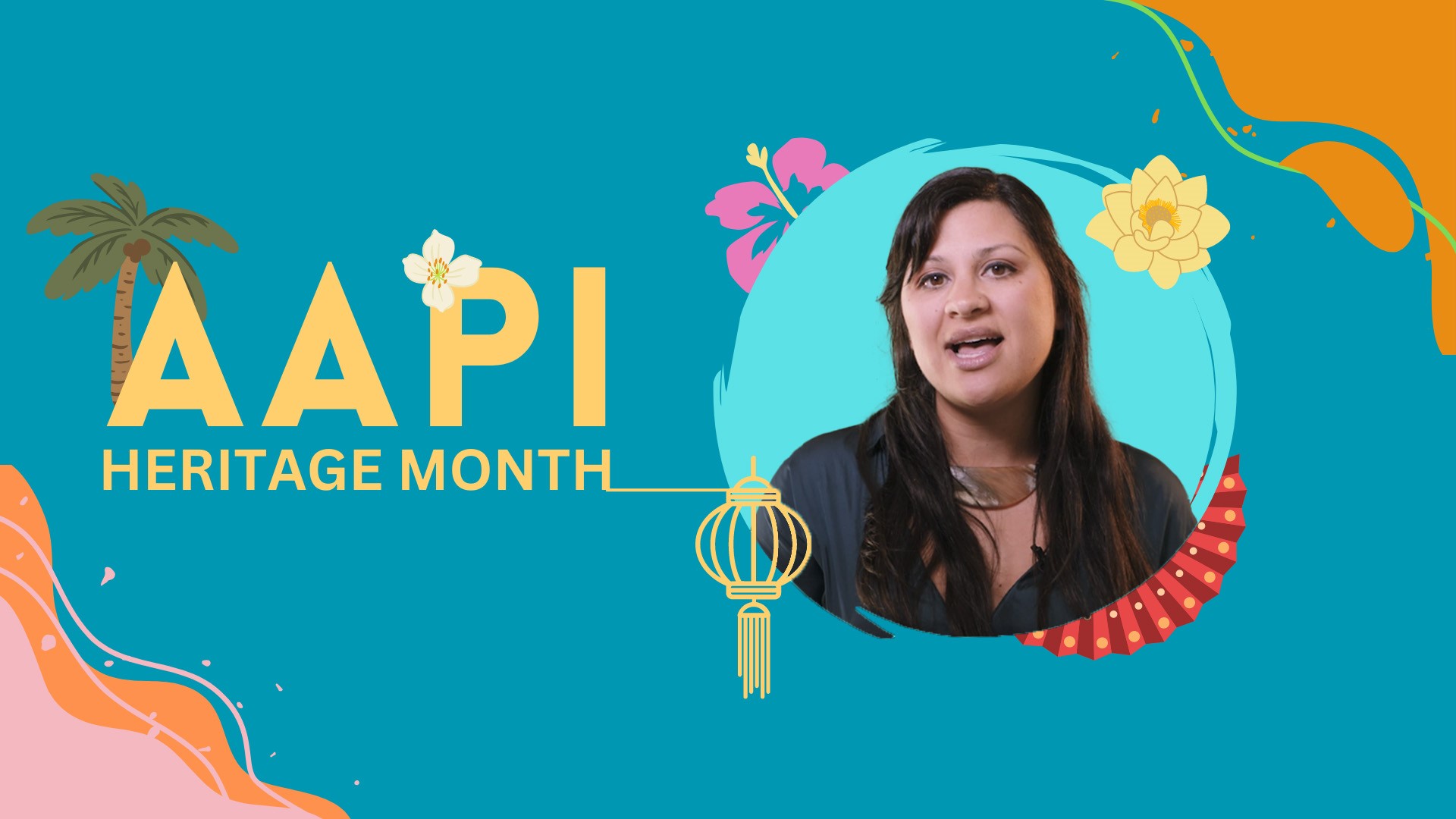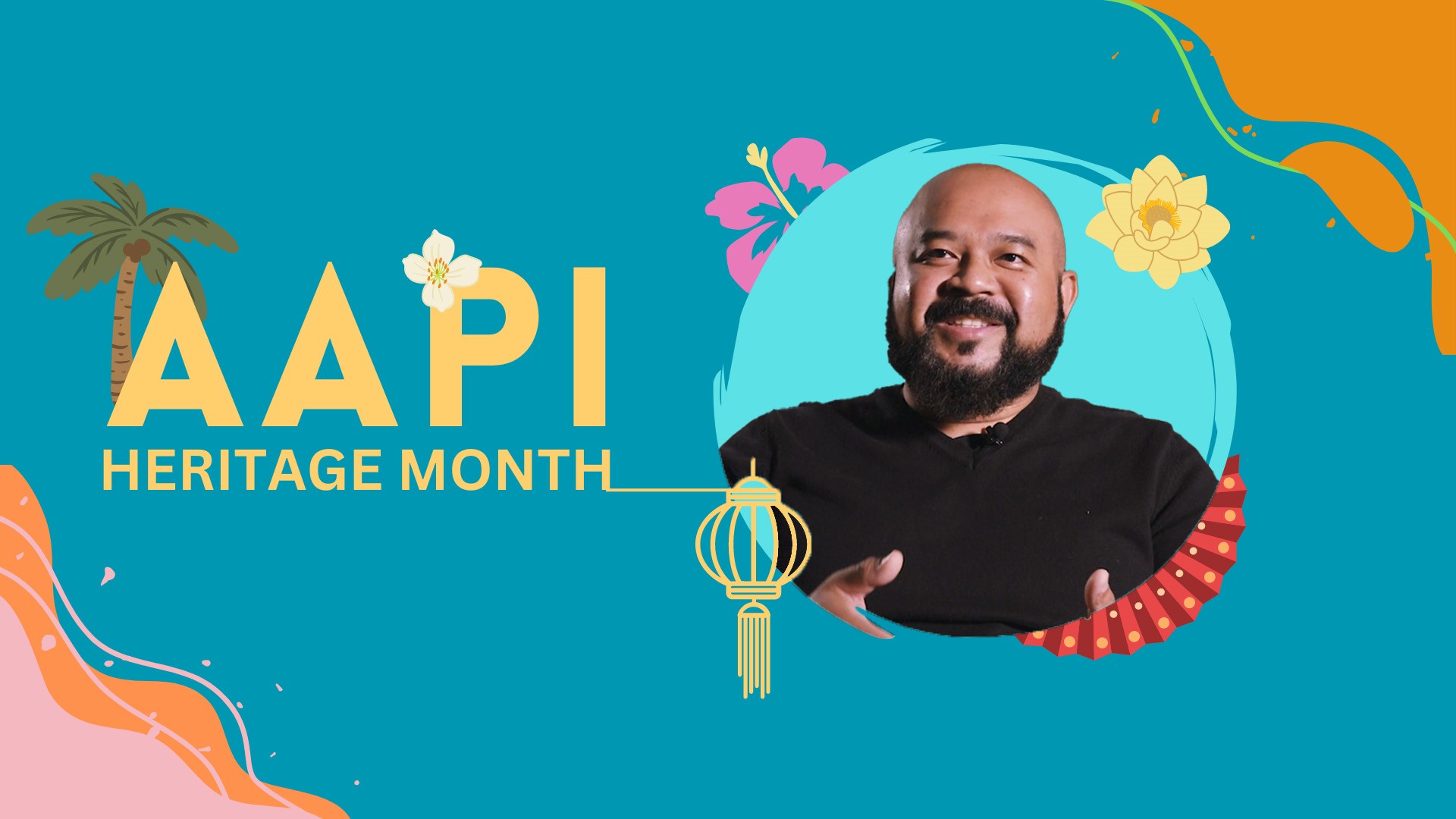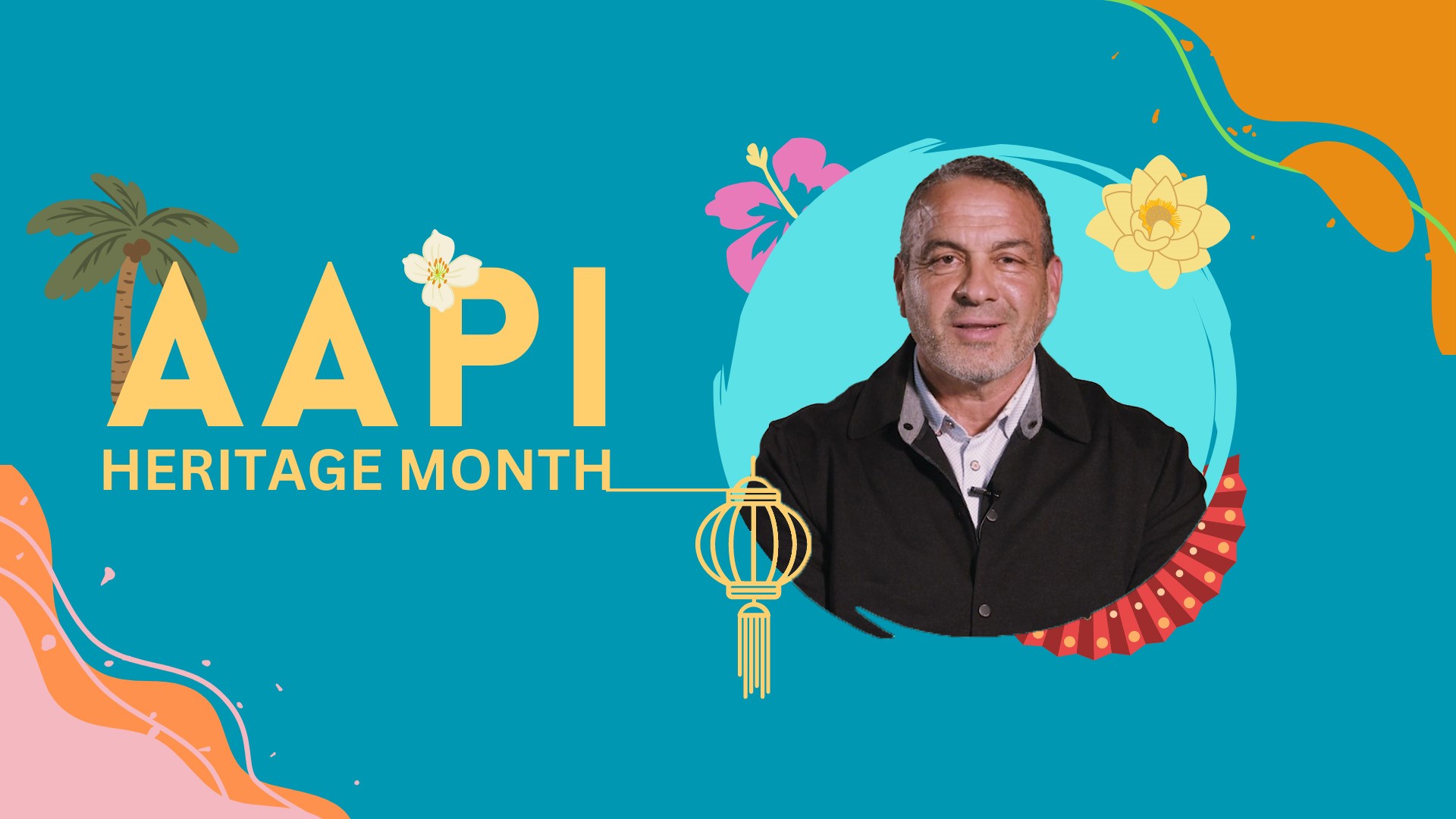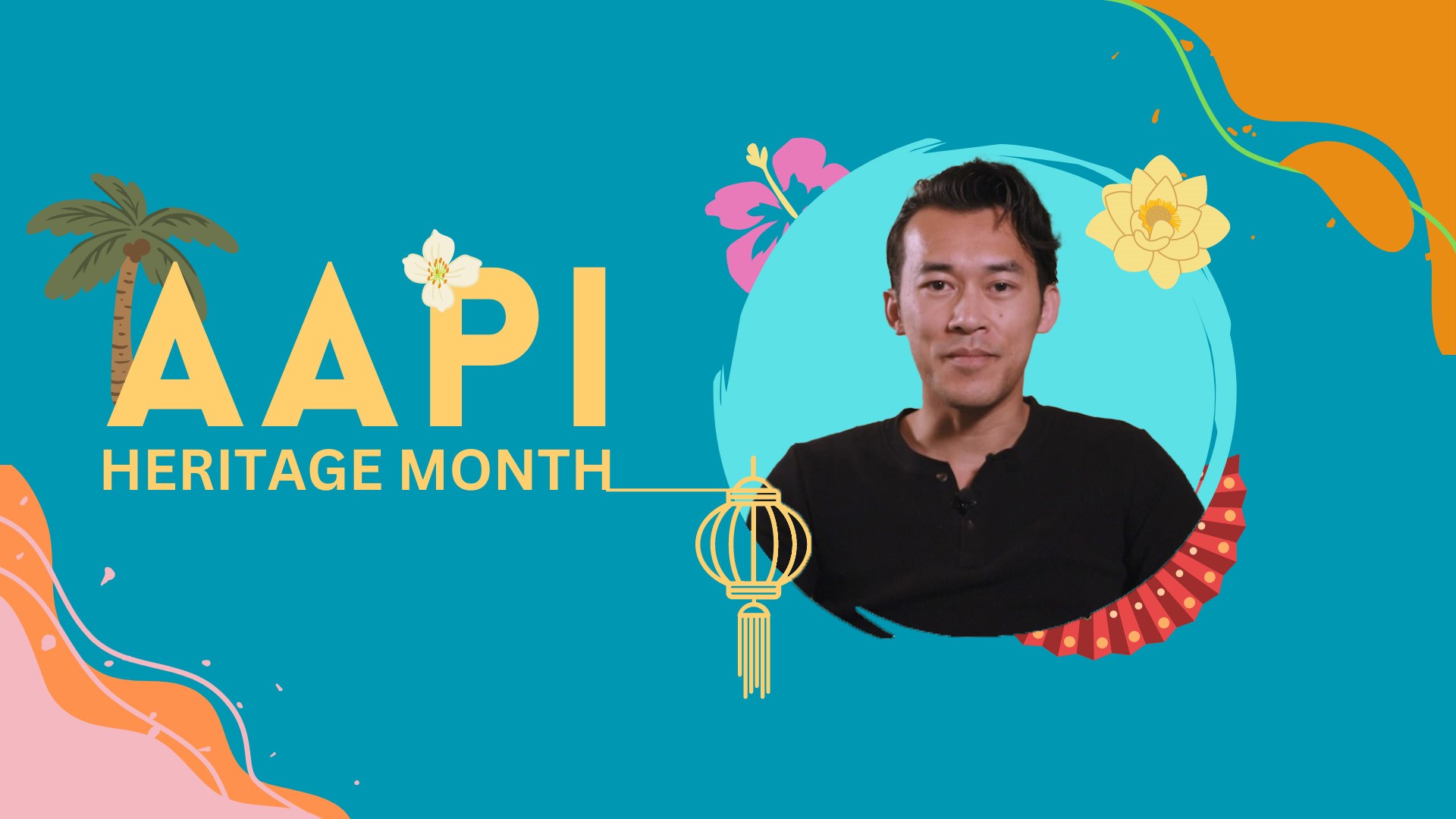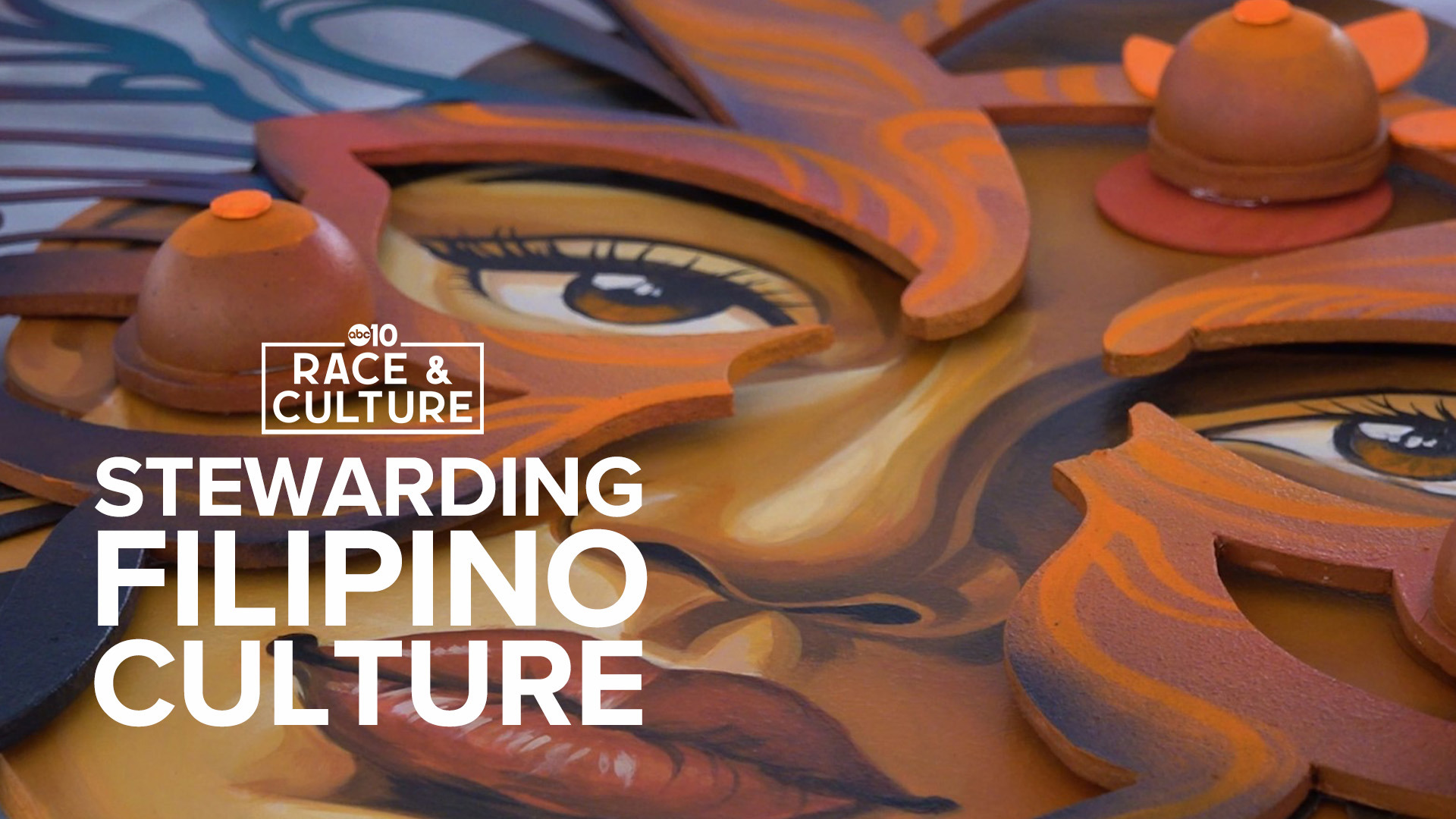SACRAMENTO, Calif. — Asian American and Pacific Islander (AAPI) Heritage Month, also known as Asian American, Native Hawaiian, and Pacific Islander (AANHPI) Heritage Month or Asian Pacific Islander Desi American (APIDA) Month, honors the contributions and accomplishments the communities have made to American history, society and culture.
President George H. W. Bush permanently designated May as Asian/Pacific American Heritage Month in 1992. The month of May holds significance — May 7, 1843 marks the arrival of the first Japanese immigrants into the U.S., and May 10, 1869, marks the completion of the transcontinental railroad, largely attributed to the work of Chinese immigrants.
As we celebrate this month, ABC10 recognizes AANHPI communities are not a monolith. Instead, they represent vastly different ethnic groups with richly diverse cultures, histories, and experiences. ABC10 spoke with 10 different AANHPI-identifying community members across Sacramento about what they love most about their heritage.
Is there a person or place we should highlight during AAPI Heritage Month? Email ABC10's Race and Culture team, raceandculture@abc10.com.
GET MORE RACE & CULTURE FROM ABC10:
►Explore the Race & Culture home page
►Watch Race & Culture videos on YouTube
►Subscribe to the Race and Culture newsletter
Gelli Pascual, Filipino
Gelli Pascual (She/Her/They) was born in Manila, Philippines and moved to Sacramento with her father and grandmother at the age of 10. Pascual recalls fond memories of growing up in the Philippines, a lively time filled with playing with neighbors and insects.
Now, Pascual is a filmmaker in Sacramento aiming to uplift the voices of Asian American women. Her films, such as "Not Your Erotic" and "Malaya," are shaped by her personal experiences as a queer* Filipino woman, addressing topics such as the fetishization and sexualization of Filipino women by men, as well as the challenges around seeking acceptance from Asian parents.
Pascual said a common misconception about the Philippines is that there is only one culture or ethnicity. In reality, it is an archipelago of nearly 100 culturally and linguistically distinct ethnic groups.
*The term Queer was previously used as a slur but has been reclaimed by many parts of the LGBTQ+ movement to include those who do not identify as exclusively straight and/or folks who have non-binary or gender-expansive identities. In our interview, Pascual identified as a queer Filipino woman.
Ana Taukolo, Tongan
For Ana Taukolo, being a Tongan means four key things: having a strong relationship with God and with others, showing respect (faka'apa'apa), being loyal to family and friends and staying humble. Taukolo said Tonga is known as the Friendly Islands because of the energy that radiates from Tongans, referred to as māfana.
Taukolo is currently the Director of Youth Programs for Sacramento nonprofit Alliance for Education Solutions (AES). Her lived experiences as a Tongan woman shape her work — she puts a high value on relationships, community building, and honesty.
Taukolo said Pacific Islander cultures can often be forgotten during AANHPI Heritage Month, including her own. She emphasized the importance of inclusivity when it comes to learning about all the different cultures and identities that make up the AANHPI community.
Kellen Lor, Hmong American
Kellen Lor is a filmmaker born and raised in Sacramento. He fell in love with storytelling as a child when his mother would read him bedtime stories. Now, he's the co-founder of Imported Studios, a hub for high-caliber sets that are accessible to emerging artists, students and local creatives.
He attributes his entrepreneurial spirit to his parents, who were farmers back in Laos and Thailand. His parents' story of perseverance is one that Lor carries proudly.
For Lor, growing up Hmong American has created an opportunity for him to explore who he is and redefine what it means to be Hmong American. He spoke about an isolating yet commonly shared feeling among many Asian Americans — being trapped in an unwelcome binary of neither feeling American nor Asian enough. He's grateful for his family in Sacramento to lean on for support.
Linda Lui, Chinese Vietnamese
Linda Lui was born in Vietnam and fled to China after the Fall of Saigon in 1975, when the South Vietnamese capital fell to North Vietnamese forces. She recalled the harrowing experiences as a child sitting in a small boat with hundreds of people, hearing them pray and scream. Lui would escape to Hong Kong before finding refuge in the U.S. in 1980.
In Sacramento, Lui's parents and a group of older adults built a temple for those who survived the journey to honor the goddesses that kept them safe. That temple is known as the Sacramento Chinese of Indochina Friendship Association (SCIFA), and it allows ethnic Chinese people who came from Vietnam, Cambodia and Laos to maintain the cultures and languages of their homelands.
Lui said the abundance of festivals and celebrations is unique to Chinese culture, such as the Chinese New Year, the Qingming Festival, the Dragon Boat Festival, and August Moon Festival.
Venu Acharya, Indian American
As an Indian American, Venu Acharya takes great pride in India as the birthplace of many Eastern religions of the world such as Hinduism, Buddhism, Sikhism and Jainism.
Once a week, Acharya goes to his local Hindu temple, the Sri Siddhi Vinayaka Cultural Center (SVCC), where he does volunteer work. He describes the temple as a South Indian style temple, where stone idols are made of black granite stone, as opposed to white marble in North India.
Acharya said India is often inaccurately believed to be a place of magic or mystics among those who have not visited the country. Instead, he encourages everyone to imagine India as similar to the continent of Europe, where you can go 100 miles in any direction and experience a different language, culture, food and art.
Muzhda Ferouz, Afghan
Muzhda Ferouz was born in Afghanistan and moved to the U.S. when she was just three years old. Through her parents' teachings, Ferouz grew up learning about the resilience of her forefathers and foremothers from Afghanistan, as well as held values she now passes onto her children, such as the importance of hospitality.
Ferouz points to media and lack of exposure as having perpetuated a false narrative that Afghanistan is a war-torn country stuck in hardship. While many Afghans have had to overcome struggles of their own, Ferouz said their stories end much differently — in success and happiness as educators, engineers, doctors, artists, comedians, human rights activists and much more.
Ferouz said throughout history, AAPI folks, especially immigrants, were taught to endure racism, bias and keep their heads down. However, she said now more than ever, there is no better opportunity to take a stand against injustices and educate future generations to support one another.
Claire Taijeron Jokerst White, Chamorro
Claire Taijeron Jokerst White was born and raised in Sacramento and has been on a journey to reclaim her culture and language since adulthood. Through her research, White also became passionate about raising awareness of issues in Guam that were widely underreported, such as when the U.S. military awarded a $78M contract to a Guam-based construction company to build a live-fire training range complex on the Northern Guam Lens Aquifer, a primary source for fresh drinking water.
White is now part of the Guam Community Club of Sacramento, which was created to connect Chamorros and have a space for gatherings. One of the main events the club hosts is the annual San Roke Novena and Fiesta in August.
One thing White loves about her culture is the Chamorro concept 'Chenchule,' which means "reciprocity." Long ago (before concrete roofs), Chamorros helped neighbors thatch each other's roofs. Oftentimes, thatch structures were made with poles from local trees and bamboo woven with coconut leaves. There was no payment involved — the one who received help would simply repay the favor in the future.
Mohasit Monh, Cambodian American
Mohasit "Mo" Monh was born in a refugee camp in Thailand and was sponsored to resettle in America with his family to escape genocide. By the early 1970s, the Khmer Rouge, the Communist Party of Kampuchea, took control of large parts of Cambodia and killed anyone who they saw as a threat.
Monh grew up feeling disconnected from his roots. He never learned to speak or understand Cambodian, or Khmer language, and by the time both his parents passed away, he didn't have the chance to learn and carry on any traditions. But now, being Cambodian American to him means remembering the sacrifices his parents made and their resilience.
One way Monh has been able to explore his roots is through food. He said the best way to enjoy Cambodian flavors is to never just order one dish. The magic, he said, happens in ordering a variety — something savory, salty, sour, a soup, a stir fry, fish and chicken.
Yaqub Khan, Pakistani
Yaqub Khan was born in Northern California, but always took great pride in being Pakistani. From a young age, Khan's parents emphasized the importance of family. It was evident throughout his childhood, since he and his seven siblings did just about everything together.
Khan is the Chairman of the Board at Tarbiya Institute, which exists to educate, train and empower generations of American Muslims. He said the mosque always welcomes worshippers from all over the world, something he believes is important for his children as they experience different cultures every day.
If there's one thing Khan wants others to know about the Pakistani community, it's their hospitality. He points to the numerous food and travel bloggers who have made trips to Pakistan as evidence — many often sharing stories about how restaurants refuse to accept payment for food from guests.
Sen Saetern, Iu Mien American
Sen Saetern's love for his heritage is scattered around his home — whether it's through family photos stored safely in a briefcase or a woven basket displayed on his wall, used by his family for drying peppers or removing husks from rice.
Saetern said the history of Mien people can be told through their last names. There are 12 clan names, and the prefix "SAE" was added to the last names by the Thai government to be able to signify Mien people as outsiders after the Vietnam War. Today, those last names are reminders of the story of their ancestors and their journey to resettle in the United States.
Mien people are often misunderstood as being the same as Hmong people. Even though the two ethnic groups have similar migration stories, their cultures and languages are vastly different. Saetern said because the Iu Mien community is much smaller, they're often left in the shadow. He hopes AANHPI Heritage Month will be an opportunity for people to appreciate their differences and embrace all identities.


